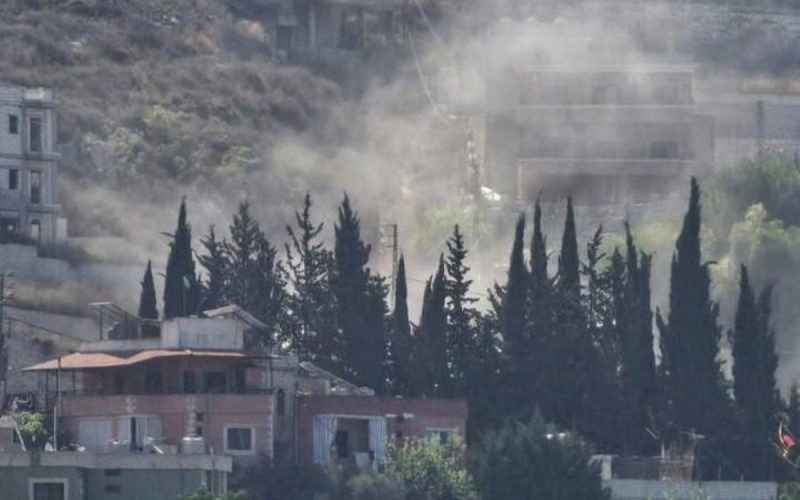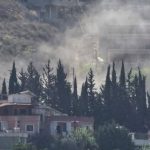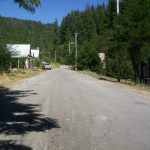What really happened in Harouf last night? The air was thick with tension as residents heard the unmistakable buzz of drones overhead. Suddenly, explosions shattered the quiet, sending families scrambling for safety. Was this just another warning—or the start of something far more dangerous?
Drone strikes have become a grim reality for many in southern Lebanon. The latest attack targeted the outskirts of Harouf, a small town in the Nabatieh governorate. Locals reported hearing two loud blasts just before midnight, followed by plumes of smoke rising above the fields.
The Israeli military has not released an official statement about this specific strike, but regional sources point to a pattern: drone attacks targeting suspected Hezbollah infrastructure and operatives.
Harouf, known for its olive groves and quiet streets, has rarely been in the headlines. That changed overnight. Residents described the scene as chaotic. Emergency vehicles rushed through narrow roads.
Some families fled to nearby villages, fearing more strikes. The Lebanese National News Agency confirmed the attack but provided no details on casualties or damage. Social media, especially X.com, showed videos of burning debris and panicked voices in the background.
This strike comes amid a sharp increase in Israeli drone activity across southern Lebanon. Just days ago, Israeli drones hit multiple targets in the Marjeyoun district, including the villages of Aadaissah and Kfar Kila.
In those incidents, no injuries were reported, but the psychological impact on civilians is mounting. The Lebanese army has repeatedly condemned these violations of its airspace, calling for international intervention.
The Israeli military has justified these operations as necessary to counter Hezbollah’s growing drone and missile capabilities. Since the November ceasefire, both sides have accused each other of repeated violations.
Egypt’s Brave Overture: Can Cairo’s Strong Bid for Peace Alter Iran’s Course?
Hezbollah claims its recent attacks are defensive, responding to Israeli airstrikes and incursions. Israel, on the other hand, argues that failure to respond would only embolden Hezbollah and threaten long-term stability.
In Harouf, the latest strike has left more questions than answers. Who was the intended target? Was it a Hezbollah operative, as in the recent Hula strike that killed a beekeeper accused of being linked to the group? Or was this part of a broader campaign to destroy weapons depots and surveillance posts scattered across the south?
The human cost is hard to ignore. Villagers in Harouf are now living with the fear that their homes could be next. Schools have closed temporarily. Shops are shuttered. Some residents are considering leaving the area altogether.
The psychological toll is evident in their voices—anxiety, uncertainty, and a sense of abandonment by the wider world.
Internationally, the situation is drawing concern. The United Nations has urged both sides to respect the ceasefire and protect civilians. The United States recently evacuated embassy staff in Beirut, fearing that the conflict could escalate and draw in regional powers like Iran.
What’s next for Harouf? The town’s future hangs in the balance. With Israeli drones still circling overhead and Hezbollah vowing to retaliate, the cycle of violence looks set to continue. Residents are bracing for more sleepless nights, hoping that the world won’t forget their plight.
Interested in International News , Read here
If you want to understand how drone warfare is reshaping modern conflicts, check out this in-depth analysis on the evolution of military drones and their impact on regional security.





